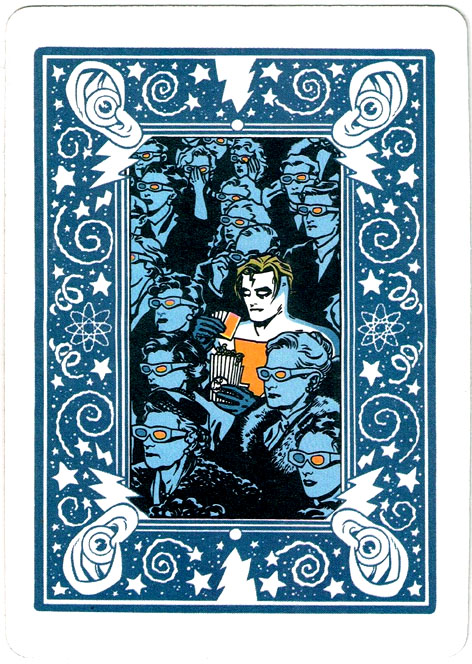

One approach is to find the total number of possible sums. However, we can also try to evaluate this problem by hand. In our example we have n = 7, p = 1/12, r = 2, nCr = 21, so the final result is: P(X=2) = 21 Where r is the number of successes, and nCr is the number of combinations (also known as " n choose r"). This is where the binomial probability comes in handy. It's somehow different than previously because only a part of the whole set has to match the conditions. The probability of rolling exactly X same values (equal to y) out of the set - imagine you have a set of seven 12-sided dice, and you want to know the chance of getting exactly two 9s. If we take identical conditions ( s=6, y=3) and apply them in this example, we can see that the values 1, 2, & 3 satisfy the rules, and the probability is: P = (3 The probability of rolling all the values equal to or lower than y – this option is almost the same as the previous one, but this time we are interested only in numbers that are equal to or lower than our target. We want to rolled value to be either 6, 5, 4, or 3. For example, let's say we have a regular die and y = 3. The probability of rolling all the values equal to or higher than y – the problem is similar to the previous one, but this time p is 1/s multiplied by all the possibilities which satisfy the initial condition. And if you are interested in rolling the set of any identical values, simply multiply the result by the total die faces: P = 0.000125 If we consider three 20-sided dice, the chance of rolling 15 on each of them is: P = (1/20)³ = 0.000125 (or P = 1.25♱0⁻⁴ in scientific notation). In other words, the probability P equals p to the power n, or P = pⁿ = (1/s)ⁿ. The probability of rolling the same value on each die – while the chance of getting a particular value on a single die is p, we only need to multiply this probability by itself as many times as the number of dice. There is a simple relationship – p = 1/s, so the probability of getting 7 on a 10–sided die is twice that of a 20–sided die. n – the number of dice, s – the number of individual die faces, p – the probability of rolling any value from a die, and P – the overall probability for the problem. We can distinguish a few, which you can see in this dice probability calculator.īefore we make any calculations, let's define some variables which we'll use in the formulas. It will help you identify the true nature of your dice.Well, the question is more complex than it seems at first glance, but you'll soon see that the answer isn't that scary! It's all about maths and statistics.įirst of all, we have to determine what kind of dice roll probability we want to find.

You can also perform a test to check how random is your dice. Specific numbers more often compared to other numbers. However, on the contrary, if the dice are not uniform in nature owing to their symmetry, there are high chances that you will encounter some If your dice are well balanced, there are chances that each face of the dice gets an equal opportunity to be represented. Or d8- an eight-sided dice, are likely to roll some favorable numbers based on their symmetry.

Some of the dices, such as d20, which is an Icosahedron-shaped dice, This is because of the difference in symmetry owing to different dices. This is due to the reason that dices produced in masses are not uniform in nature. However, mass produced dice cannot be considered entirely random. It is the property of dice to have equal chances of landing on each face. The concept of dice rolling is based on probability.


 0 kommentar(er)
0 kommentar(er)
